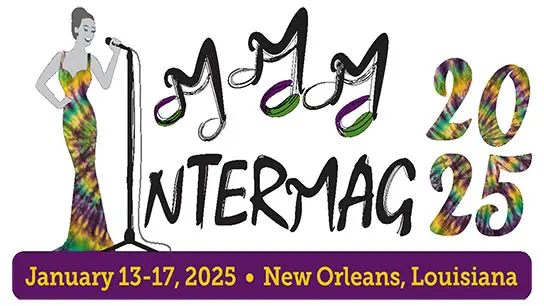Oral
13 Jan 2025
We have modelled numerically backward-volume dipole-exchange spin waves (BVDESWs) in graded profiles of the bias magnetic field. We demonstrate spin-wave wavelength conversion upon the wave’s reflection from turning points due to the two characteristic minima (“U-points”) occurring in their dispersion (Fig. 1) at finite (non-zero) wave vectors. As a result, backward-volume dipole-exchange spin waves confined in “spin-wave wells” either form Möbius modes (Fig. 2), making multiple real-space turns for each reciprocal-space roundtrip, or split into pairs of degenerate modes in the valleys near the two U-points. The latter modes may therefore be assigned a pseudospin. We show that the pseudospin can be switched by scattering the spin wave from decreases of the bias magnetic field, while it is immune to scattering from field increases. Pseudospin creation and read-out can be accomplished using chiral magnonic resonators [1-3]. Taken together, the possibility of pseudospin creation, manipulation and read-out suggests a path to development of a spin-wave version of valleytronics (“magnon valleytronics”), in which the pseudospin (rather than amplitude or phase) of spin waves would be used to encode data. Our results are not limited to graded bias magnetic field [4] but can be generalized to other magnonic media with spatially varying characteristics, produced using the toolbox of graded index magnonics.References: [1] V. V. Kruglyak, Appl. Phys. Lett. 119, 200502 (2021). [2] K. G. Fripp, A. V. Shytov, and V. V. Kruglyak, Phys. Rev. B 104, 054437 (2021). [3] K. G. Fripp, Y. Au, A. V. Shytov, and V. V. Kruglyak, Appl. Phys. Lett. 122, 172403 (2023). [4] K. G. Fripp and V. V. Kruglyak, Phys. Rev. B 103, 184403 (2021).
